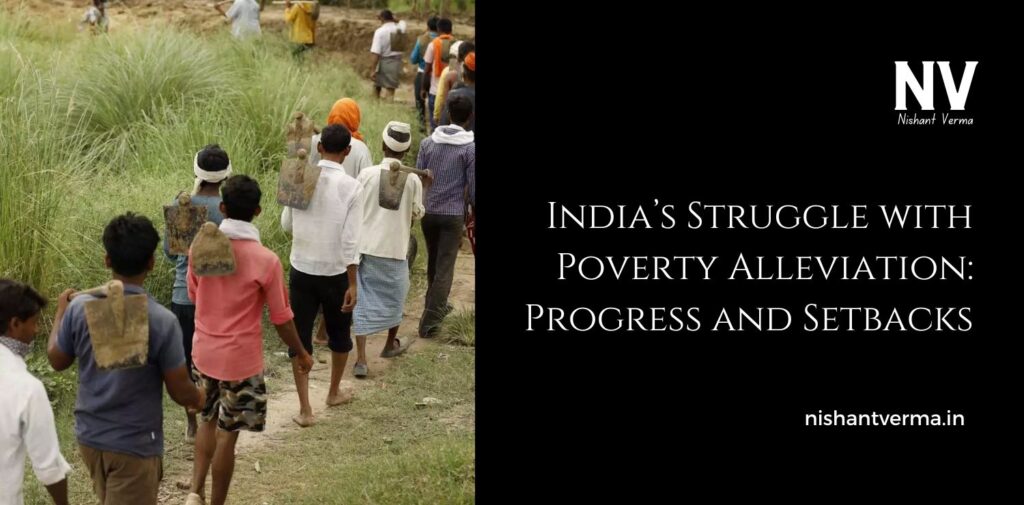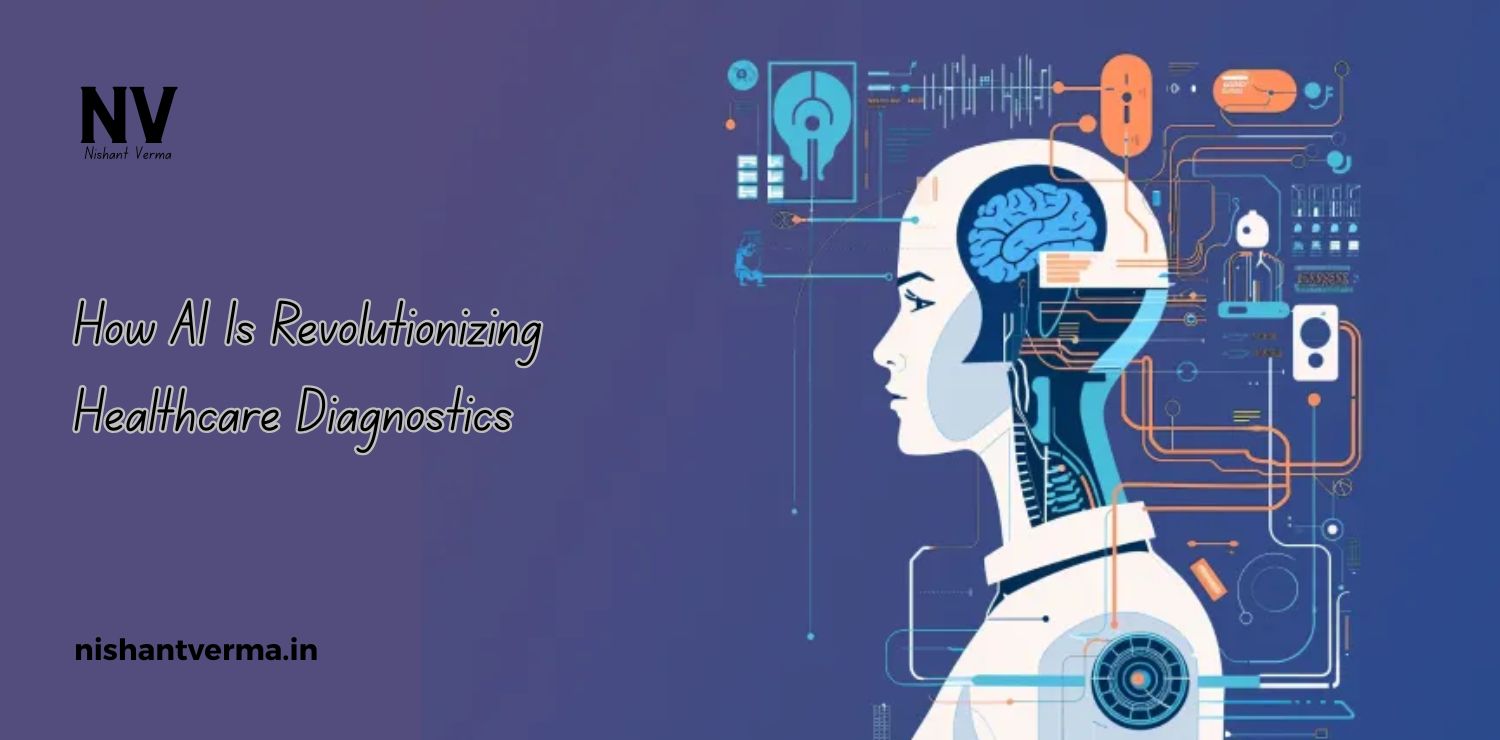India, with a population of over 1.4 billion people, is one of the fastest-growing economies in the world. However, despite this growth, poverty remains a significant challenge. Millions of people in India still live below the poverty line, struggling to meet basic needs such as food, shelter, and education. Over the years, the government and various organizations have made efforts to reduce poverty, but the path has not been easy. There have been both progress and setbacks in the fight against poverty.
In this article, we will explore India’s struggle with poverty alleviation, the progress that has been made, and the setbacks that continue to hold back the country’s efforts.
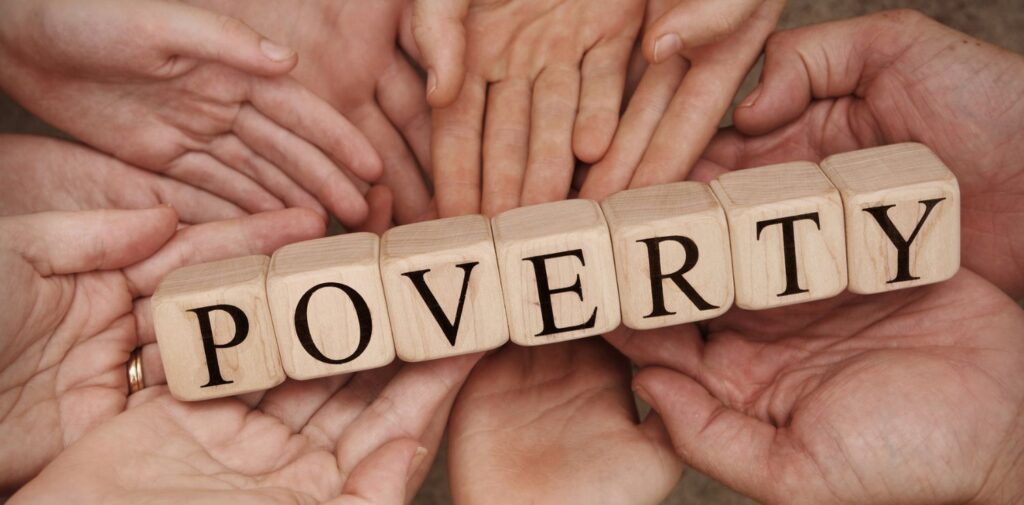
What is Poverty?
Poverty means a lack of basic necessities like food, clean water, education, and healthcare. People living in poverty often struggle to make ends meet and are unable to access opportunities that would improve their lives. In India, poverty affects millions of people, especially in rural areas, where the population depends on agriculture and often faces unemployment or underemployment.
India has made significant progress in reducing poverty, but a large part of the population still faces these challenges. Poverty is not just about money; it’s also about not having access to education, healthcare, or the chance to improve one’s life.
Why is Poverty Such a Big Problem in India?
India is a land of contrasts. While some cities are modern and prosperous, many areas still lack basic infrastructure and facilities. There are several reasons why poverty continues to be a problem in India.
- High Population Growth: India’s population is growing rapidly, with millions of people being born every year. More people means more mouths to feed, more children to educate, and more people to provide jobs for. Despite India’s growing economy, the number of jobs being created is not enough to keep up with the increasing population.
- Unequal Distribution of Wealth: Even though India’s economy is growing, wealth is not spread evenly across the country. Some people and regions are rich, while others remain poor. The gap between the rich and the poor continues to widen, with many people not having the same access to resources and opportunities as others. This inequality makes it harder for poor people to escape poverty.
- Limited Access to Education and Healthcare: Many poor families in India do not have access to good education or healthcare. Without education, it is difficult for people to find well-paying jobs. Poor health also limits people’s ability to work and earn money. In rural areas, there are often not enough schools, hospitals, or doctors, which makes it harder for people to improve their lives.
- Dependence on Agriculture: Many people in India, especially in rural areas, rely on farming for their livelihood. However, agriculture in India is often not very productive. Farmers face challenges like irregular rainfall, lack of modern technology, and low wages. This makes it difficult for them to earn enough money and improve their living standards.
Efforts to Reduce Poverty in India
Over the years, India has introduced many programs and policies to reduce poverty. Some of these efforts have been successful, while others have faced challenges. Let’s look at the progress India has made in fighting poverty and the setbacks that have occurred along the way.
The Green Revolution
In the 1960s and 1970s, India faced a food crisis. The country was struggling to feed its growing population. To solve this problem, India introduced the Green Revolution, which involved using new farming techniques, better seeds, and modern equipment. This helped farmers grow more food and increased the country’s food production.
The Green Revolution was successful in increasing food production, especially in regions like Punjab, Haryana, and Uttar Pradesh. This made India self-sufficient in food and helped reduce hunger and poverty for many people. However, it also led to some problems, like the overuse of chemical fertilizers and water, which damaged the environment and hurt small farmers.
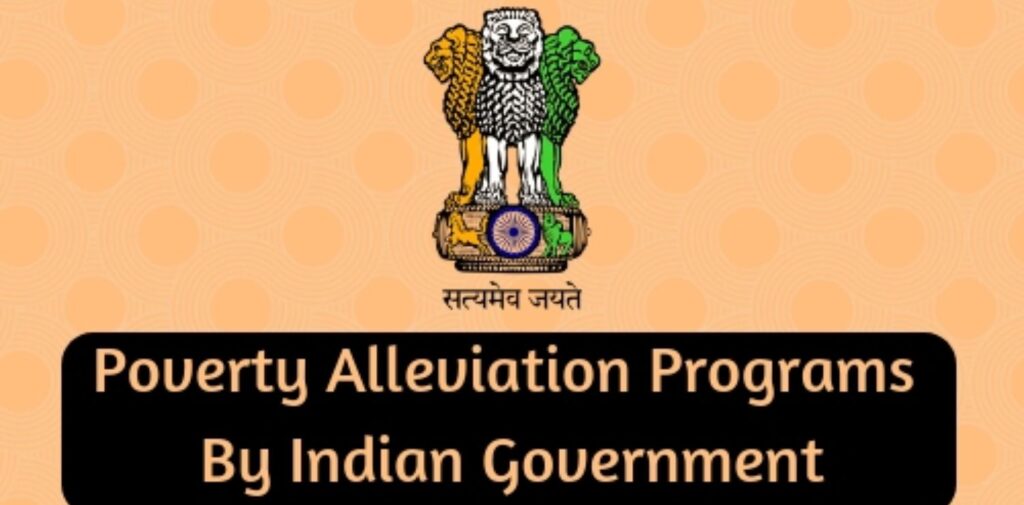
Poverty Alleviation Programs
India has introduced many poverty alleviation programs over the years. These programs aim to provide financial help, education, healthcare, and employment to people living in poverty. Some of the most well-known programs include:
- MGNREGA (Mahatma Gandhi National Rural Employment Guarantee Act): This program guarantees 100 days of wage employment every year to rural households. It helps people in villages earn money by working on public projects like building roads, wells, and schools.
- Pradhan Mantri Jan Dhan Yojana: This program aims to provide financial services to people who do not have access to banks. It helps people open bank accounts, save money, and get access to credit.
- Public Distribution System (PDS): This system provides food grains like rice, wheat, and sugar to poor families at subsidized prices. It helps ensure that people can get enough food even if they do not have enough money to buy it.
These programs have helped millions of people in India, but challenges remain in making sure that the benefits reach everyone. Many poor people, especially in remote areas, still face difficulties in accessing these services.
Improved Healthcare and Education
India has made significant progress in improving healthcare and education, which are key to reducing poverty. The government has worked to provide better healthcare facilities in rural areas, build more schools, and offer free education to children from poor families.
India has also seen improvements in life expectancy, child mortality, and literacy rates. However, the quality of education and healthcare remains uneven, with many areas still lacking proper facilities. Poor people often have to rely on overcrowded government schools and hospitals, which do not provide the same quality of services as those in wealthier areas.
Economic Growth and Job Creation
India’s economy has grown significantly in recent decades. This growth has created new jobs in various sectors, such as technology, services, and manufacturing. Cities like Bangalore, Mumbai, and Delhi have become global hubs for business and innovation, providing job opportunities for millions of people.
However, not everyone has benefited equally from this growth. Many people in rural areas and those working in the informal sector still struggle to find stable, well-paying jobs. Economic growth has not always been inclusive, meaning that the benefits of growth have not been evenly distributed.
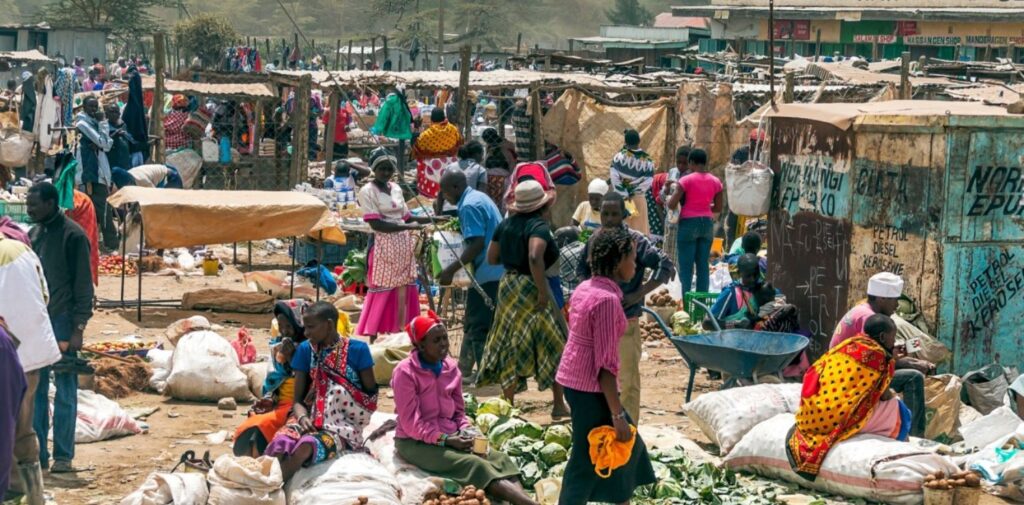
Setbacks in the Fight Against Poverty
While there has been progress, there have also been several setbacks in the fight against poverty in India.
- Rural Poverty: Despite efforts to improve rural infrastructure and provide employment, rural poverty remains a major challenge. Many rural areas still lack proper roads, electricity, and access to markets. This makes it difficult for people to earn a living and improve their lives. Agriculture, which is the main source of income for many people in rural areas, remains unreliable due to factors like droughts, floods, and low crop prices.
- Corruption and Mismanagement: Corruption in government programs has also been a significant setback in the fight against poverty. Funds that are meant to help poor people often do not reach them due to corruption or mismanagement. For example, some people in need of food and financial aid do not receive the benefits due to delays, wrong distribution, or misuse of resources.
- Overpopulation: India’s population continues to grow rapidly, putting pressure on the country’s resources. As more people are born every year, it becomes harder to provide them with good education, healthcare, and jobs. Overpopulation also leads to overcrowding in cities and strain on public services.
- Economic Inequality: While India’s economy has grown, the gap between the rich and the poor has widened. The wealthy have become richer, while the poor continue to struggle. This inequality means that even though the country is growing economically, not everyone is benefiting equally.
Conclusion
India has made significant progress in its efforts to reduce poverty. Programs like MGNREGA, the Green Revolution, and improvements in healthcare and education have helped millions of people. However, poverty remains a major challenge, especially in rural areas. Setbacks like corruption, overpopulation, and economic inequality continue to hold back the country’s progress.
To truly fight poverty, India needs to ensure that economic growth benefits everyone, especially those in need. This means improving rural infrastructure, creating more jobs, and making sure that government programs reach the people who need them the most. With continued effort and focus, India can overcome these challenges and create a brighter future for all its citizens.

